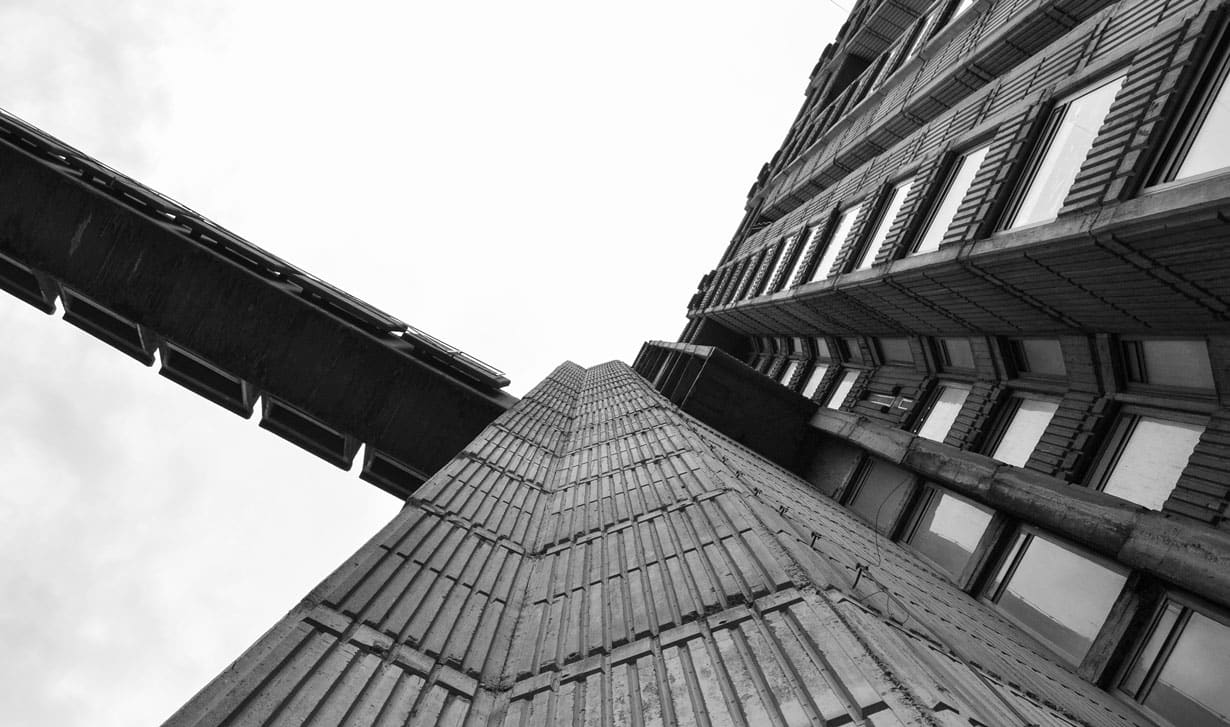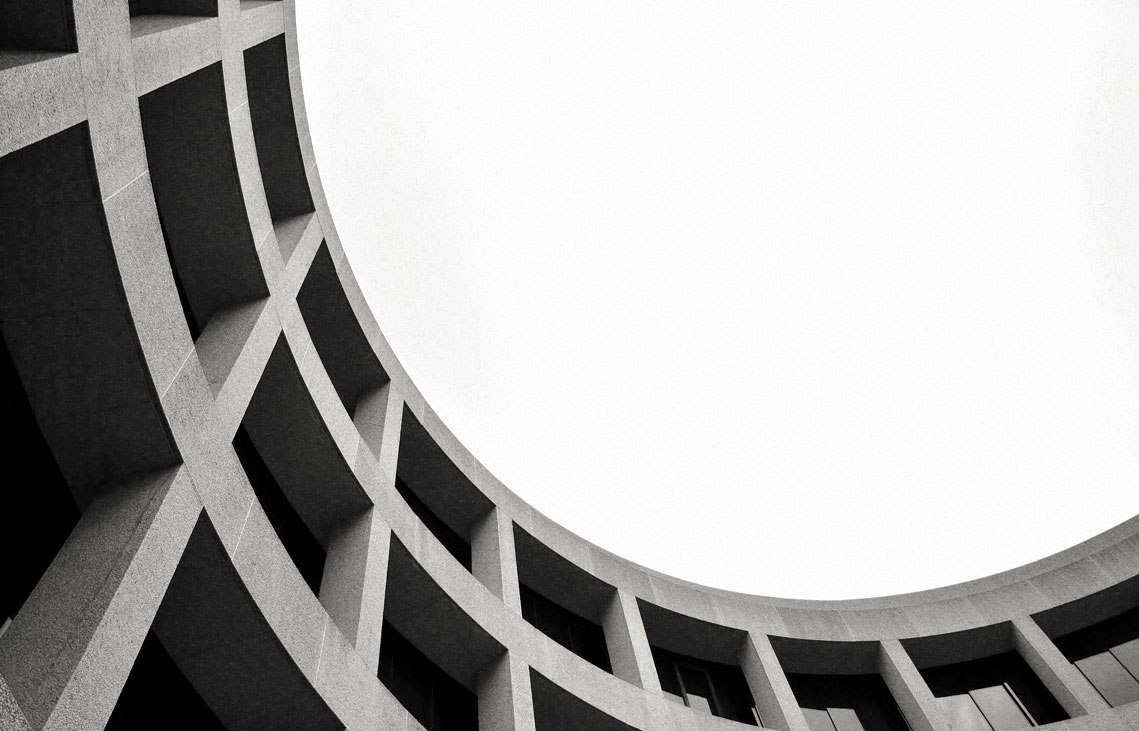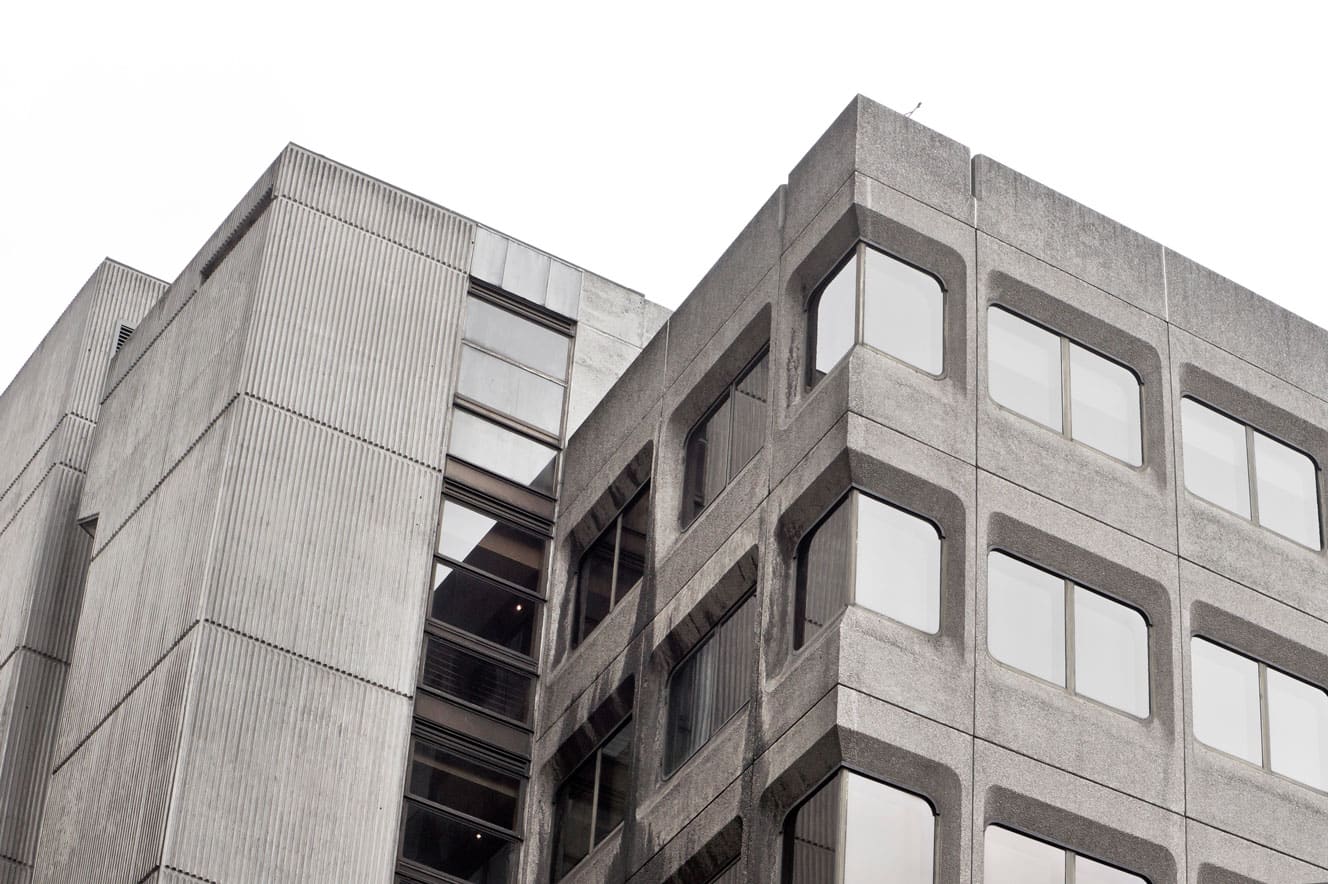
The Brutalist style, which left a mark on the concept of architecture during the ’50s, has recently reacquired the charm it once had and it became the protagonist in many contemporary projects.
At that time, the tendency was the use of cement for building construction characterised by significant dimension and this was due to the convenient cost of the material and its abundance. Hence, after water, it was the second most consumed resource worldwide.

10 years later, the Brutalist style became an international movement on continuous rise and those which used to be small villages with modest features and landscapes, characterised by the locals’ routine, turned into modern cities with solid skyscrapers made of cement, but lightened by shiny glass walls. These concrete structures couldn’t immediately appeal to all the population as they represented a strong change in modern architecture; and so, they became symbols of what should have been hated because in contrast with historical settings.

Over time, the visual acceptance of Brutalism prevailed, and the impressive presence of these buildings managed to gain the love of several people. These timeless giants with a peculiar monochrome sterility, not only on the outside but also on the inside, are now architectonic treasures to preserve. They are the ideal background to minimal style artistic projects because they are able to make the deep meaning and artistic concept of the displayed pieces stand out.